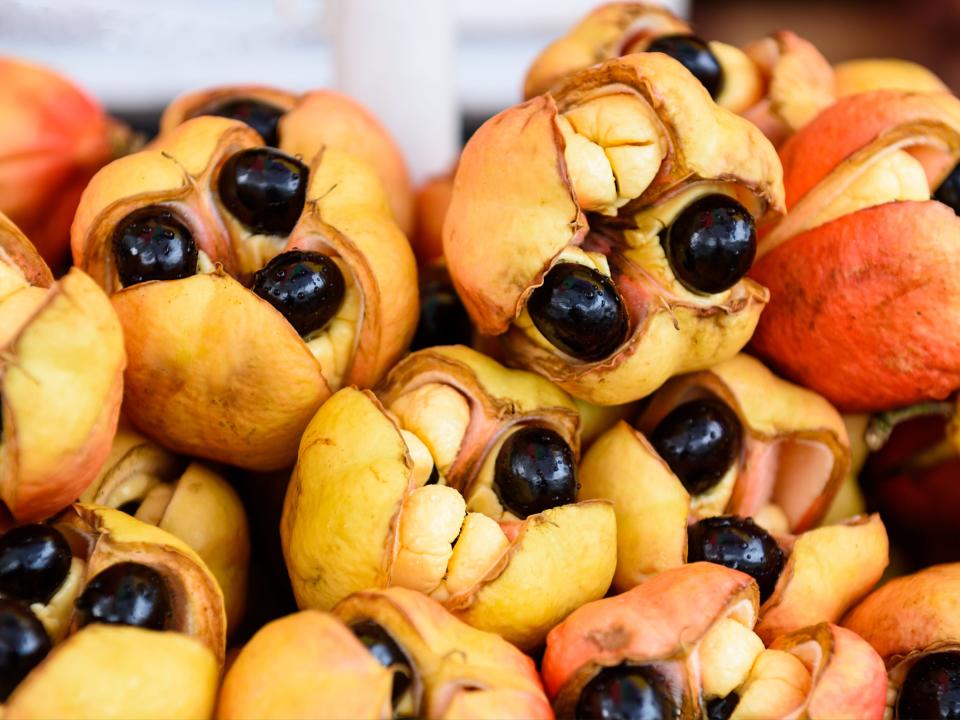
Understanding the Relationship Between Food Contaminants and Cancer
The connection between diet and cancer is a significant area of study, with a substantial body of evidence suggesting that certain food contaminants play a crucial role in cancer etiology. A comprehensive understanding of this relationship is essential for developing effective strategies to mitigate the risks associated with food contaminants and reduce the incidence of cancer.
Identifying Food Contaminants with Carcinogenic Potential
Several food contaminants have been identified as having carcinogenic potential, including aflatoxins, alcoholic beverages, 2,3,7,8-tetrachlorodibenzo-p-dioxin (TCDD or dioxin), and polycyclic aromatic hydrocarbons (PAHs). Aflatoxins, produced by certain species of fungi, are known to be human carcinogens, particularly in the context of liver cancer.[1] Alcoholic beverages, on the other hand, have been linked to an increased risk of various types of cancer, including cancers of the mouth, pharynx, larynx, and esophagus.[1]
Exploring the Mechanisms of Carcinogenesis
The mechanisms by which food contaminants induce carcinogenesis are complex and multifaceted. For example, aflatoxins are metabolized into reactive intermediates that can bind to DNA, leading to mutations and cancer.[2] Similarly, PAHs can form DNA adducts, which can disrupt normal cellular function and contribute to tumor development.[3]
Assessing the Risks Associated with Food Contaminants
Risk assessments for human hazards typically consist of two components: hazard assessment and exposure assessment. Hazard assessment involves determining whether a particular exposure can have adverse consequences, while exposure assessment aims to quantify the range of exposures and determine if they pose a risk to individuals or populations.[1]
Evaluating the Evidence
The International Agency for Research on Cancer (IARC) and the National Toxicology Program (NTP) are two prominent organizations that assess the carcinogenic risks associated with various substances, including food contaminants. The IARC Monographs provide a comprehensive evaluation of the evidence, categorizing substances as carcinogenic to humans (Group 1), probably carcinogenic to humans (Group 2A), possibly carcinogenic to humans (Group 2B), not classifiable as to carcinogenicity in humans (Group 3), or probably not carcinogenic to humans (Group 4).[1]
Implications for Public Health
The presence of carcinogenic food contaminants in the food supply has significant implications for public health. It is estimated that a substantial proportion of cancer cases can be attributed to diet and lifestyle factors, including exposure to food contaminants.[4] Therefore, it is essential to develop and implement effective strategies to minimize exposure to these contaminants and reduce the associated cancer risks.
Conclusion
In conclusion, the relationship between food contaminants and cancer is complex and multifaceted. A comprehensive understanding of the evidence is essential for developing effective strategies to mitigate the risks associated with food contaminants and reduce the incidence of cancer.
The accumulation of evidence sufficient to render judgment on food contaminants and human cancer risk is a daunting task.
Authoritative Sources


Answer Provided by iAsk.ai – Ask AI.
Sign up for free to save this answer and access it later
Sign up →